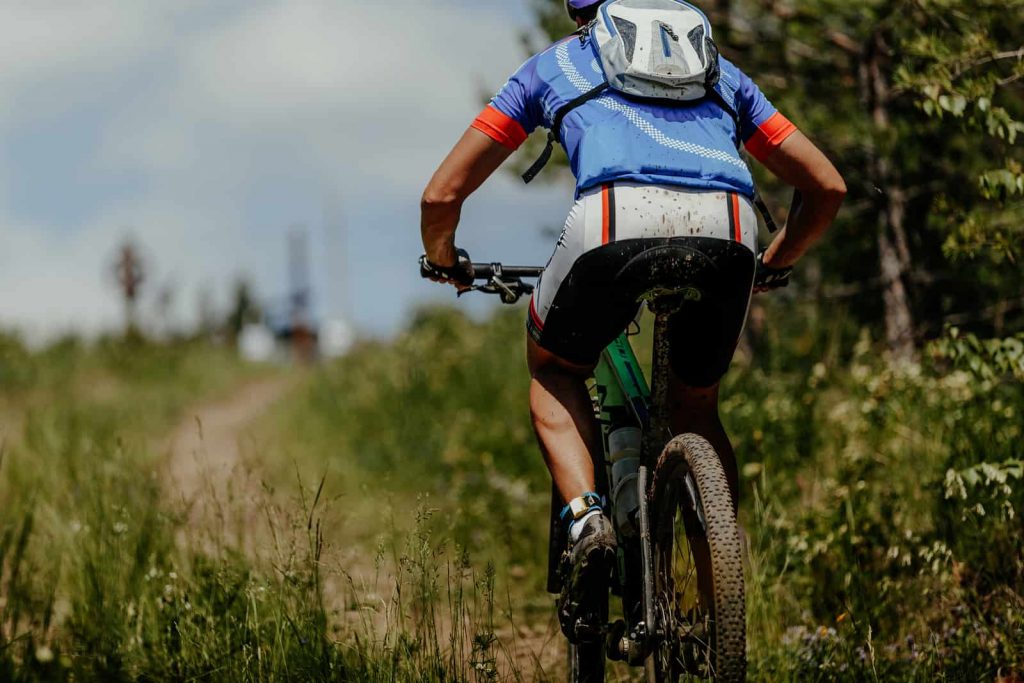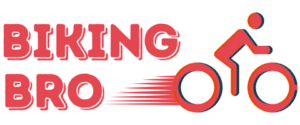Wondering why we’re writing on how to adjust cleats on cycling shoes? After all, it’s just a cleat, right? Well, that’s the type of attitude we’re trying to fight here as we educate you on the benefits of well-fitting cleats.
Your feet are where most of the action happens when cycling. Just think about it; the speed and distance you cover all depend on the pedal strokes that you make.
So, how do you make sure that you deliver as many as possible? Through the expeditious use of your feet!
There’s no denying that cleats have an effect on not only your feet but your lower back, hips, knees, and ankles when cycling and after. However, this is just the tip of the iceberg when it comes to the importance of cleats and why you should take them seriously.
Read on to find out how to adjust cleats on cycling shoes and why this is important.
How to Fit and Adjust Your Cleats for Cycling Shoes

First of all, understand that without well-fitted cleats, you’re at risk of developing lower back pain and not exerting the level of volition that’s possible when your cleats are on right.
For these and other reasons covered herewith, here’s how to adjust cleats on cycling shoes and set yourself up for success.
1. Replace Cleats
Now is a good time to consider new cleats when buying cycling shoes because replacing cleats is a pretty accessible activity, which makes sense considering how often you have to change them due to wear and tear.
2. Make a Mark on the Outside of Your Shoes
Put your shoes on so you can feel for the part of your shoe that protrudes from the back of your big toe. Make a mark on the outside of your shoe on the area that coincides with this part.
Now, go to the other side of your shoe and check the same protrusion so you can mark it in a similar way. Be sure to place some masking tape on this area before you mark it, to avoid damaging your shoes needlessly.
3. Mark with X the Center of the Ball
Get a marker and make an X at the center of the ball. Ask for help if needed, so you can mark the right spot. Do the same on the other foot.
4. Draw a Line Along the Shoe Sole
Take off your shoes, put them on a level surface and hold a level edge on the mark you made on your shoe.
Now, make a line that continues from the same point and turn the shoe on the other side to make sure that you’re able to see the mark on the sole.
5. Line Up the Ink
Fit the cleat loosely and once clipped in, bring into line the part of the cleat that meets the pedal axle.
Most cleats come with a side marker in the form of a line or notch which is meant to coincide with the center of the pedal axle. In such cases, it’s easier to just place your mark on top of theirs.
6. Do Some Bolt Greasing
Cleats are one of the main factors why you should wear cycling shoes and are similar to your feet in that they often struggle on the Schwinn bikes cruiser because they have to deal with the elements every time they’re close to the ground.
As such, it’s important to keep them in place and avoid getting grease through the holes on the bottom of the shoe.
7. Rotate the Back of the Cleats
Now that the cleats are at the centerline between your shoes, you’re halfway there.
But, if you have heels that point outward or inward, then you should consider making an allowance for this discrepancy. Turn the back of the cleat around so that it faces the right direction.
8. Tighten the Cleats
Now it’s time to make sure that everything is tight and ready for you to get on the road. If your heels are still rubbing up on the crank, then you should consider adjusting the cleat even more.
If the crank keeps rubbing up on the ball of your foot, consider adopting a wide stance or creating a wider space between the pedals.
What Are Color-Coded Cleats?
Float is determined by the type of fit of cleat used. There are three cleats from Look worth considering – red which comes with a 9-degree float, grey with 4.5 degrees and black which has a fixed float. Shimano offers a fixed red-colored cleat while the yellow variety offers a 6-degree float.
Most pros will tell you that you want the slightest bit of float and an accurate setup. But, this isn’t always possible. According to the rumor mill, Sir Bradley Wiggins was forced out of the Tour de France tournament due to an imperfectly aligned cleat.
Are Two-Bolt Cycling Cleats Good?
The rearward cleat location limit on road shoes tends to be tighter than mountain biking shoes. Therefore, the easiest way to move cleats back is to opt for the mountain biking variety or a “sportive” style shoe which features a dual-bolt SPD-style cleat.
Most people have no problems shifting their cleat forward or backward. But, you should always check your cleat to make sure it’s well-positioned so that it doesn’t surprise you mid-race with calf cramps or worse the Achilles tendon.
Try playing around with the cleat to see if it can help you increase cycling speed by improving your pedaling action. It might even help you with appropriate pedaling and to generate more power.
Conclusion
There’s no avoiding it; you’ll go through lots of different cleats per year due to the fact that they wear easily, no matter how fancy the brand. The same goes for pedals of triathlon bicycles, although there’s some variation in brand and quality there.
At least now you know how to adjust cleats on cycling shoes. Remember to check your cleats at least once a month to see if there’s any discernible wear and tear that you should look out for. Cleats must also be serviced when you start noticing slight signs of wear.
You should also keep a journal for your cleats, where you record all the damage that you’ve put them through, including the type of terrain and intensity involved. You can use this information to help you maintain and buy the perfect cleat for your needs.
When you document changes in your cleats it’s easier to make the right adjustments over time, when needed.
